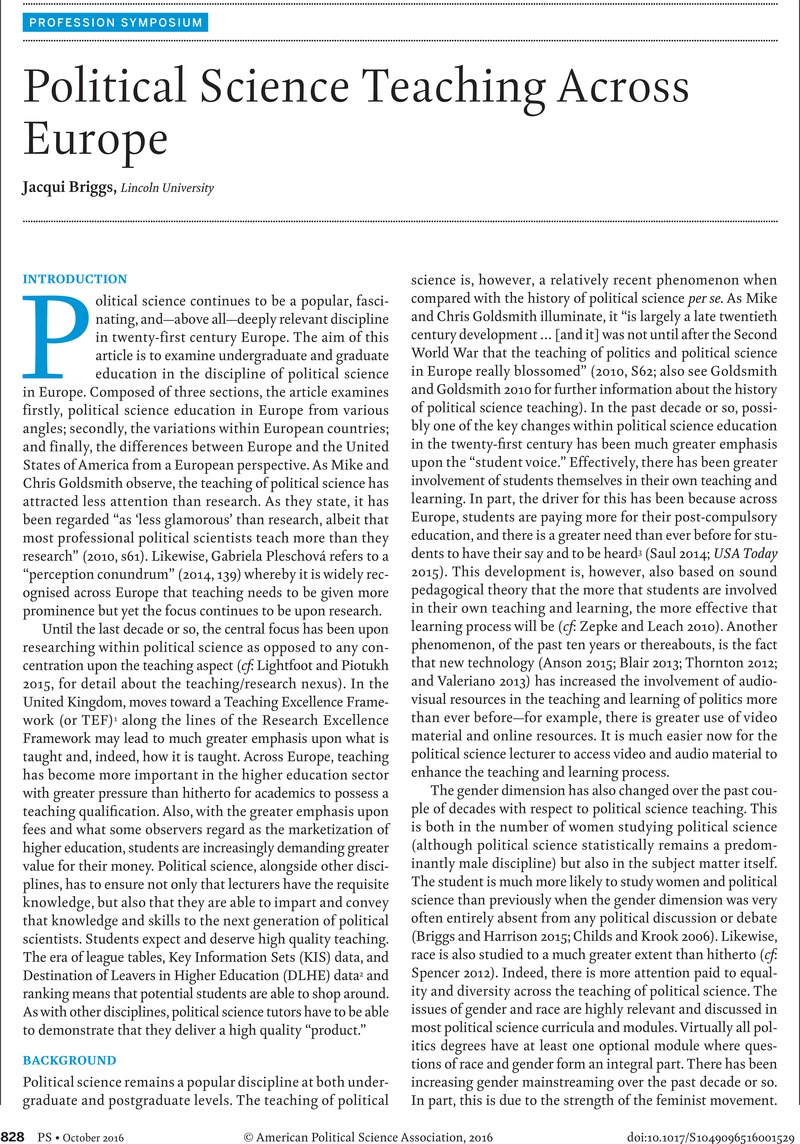Crossref Citations
This article has been cited by the following publications. This list is generated based on data provided by Crossref.
Kwong, Ying-ho
and
Wong, Mathew Y. H.
2022.
Teaching political science in the age of internationalisation: a survey of local and international students.
Globalisation, Societies and Education,
p.
1.
Engeli, Isabelle
Kostova, Dobrinka
and
Tronconi, Filippo
2023.
Towards a European political science? Opportunities and pitfalls in the internationalisation of political science in Europe.
European Political Science,
Vol. 22,
Issue. 4,
p.
550.





